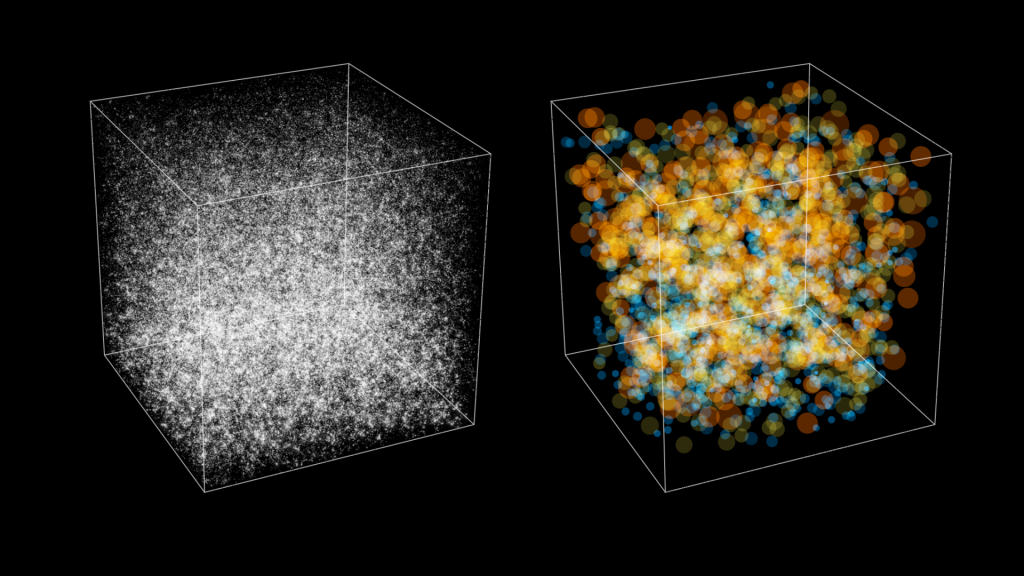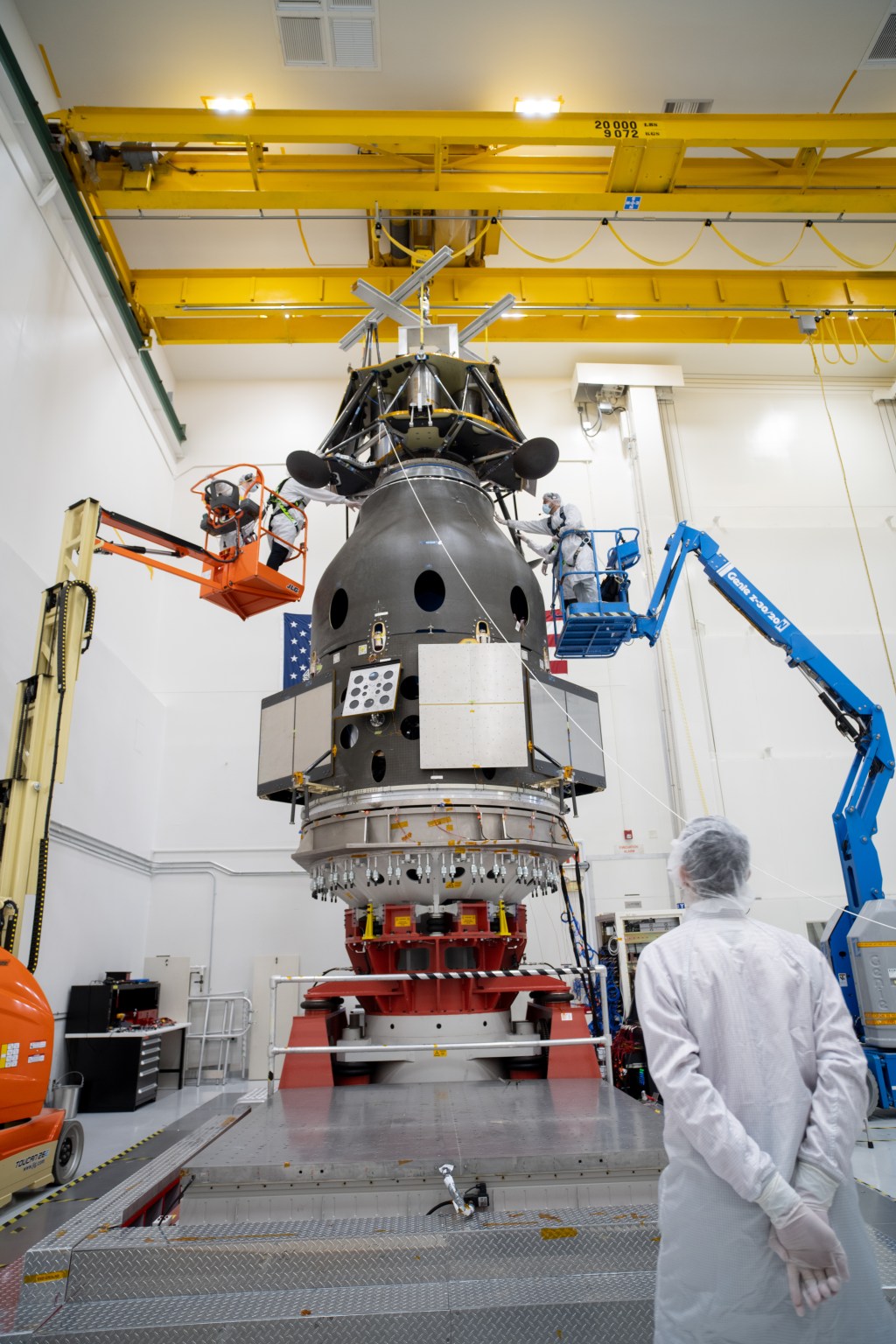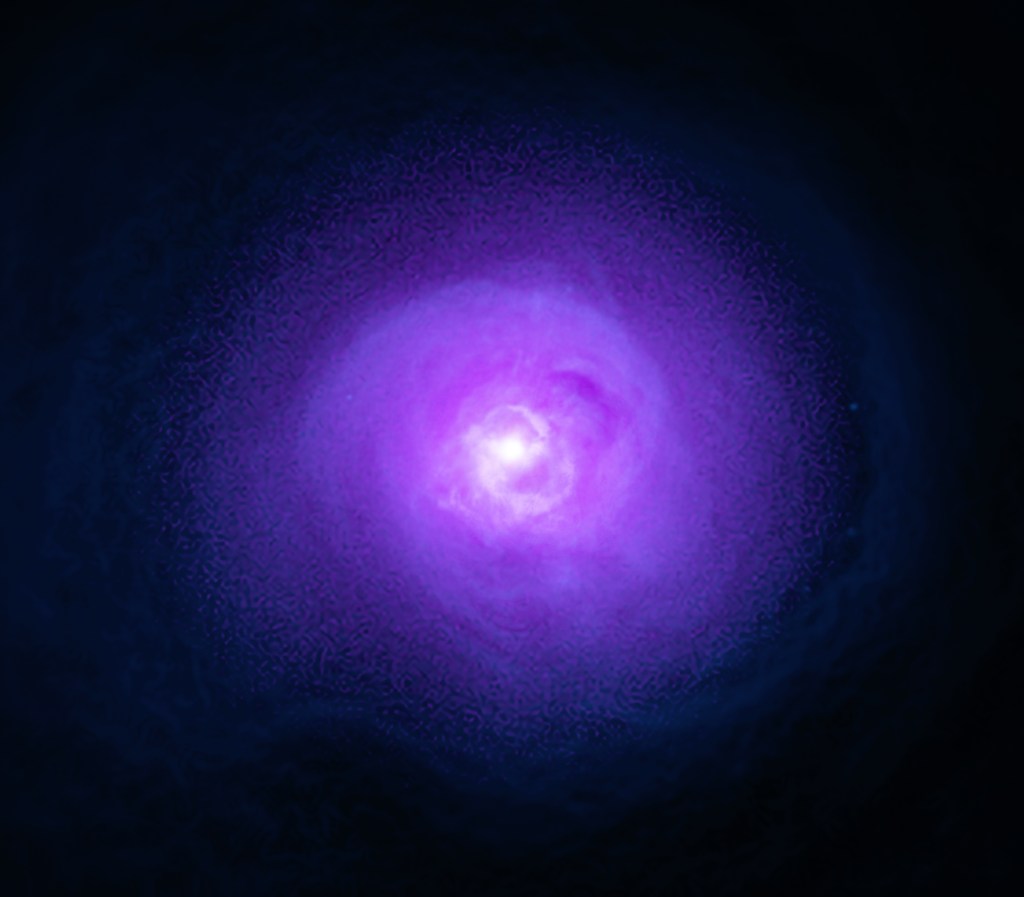NASA’s Psyche Spacecraft Resumes Full-Time Propulsion
NASA’s Psyche spacecraft resumed full thruster operations on June 16, and the propulsion system is performing as expected after mission engineers switched to a backup propellant line. They will operate the thrusters for the equivalent of three months between now and November to keep the orbiter’s trajectory to the metal-rich asteroid Psyche on track.
Operation of all four electric thrusters had been paused since early April while the mission team investigated an unexpected drop in pressure in the primary xenon propellant line. Through comprehensive testing and analysis, the team narrowed down the potential causes to a valve that may have malfunctioned in the primary line. The switch to the identical backup propellant line in late May restored full functionality to the propulsion system.
“The mission team’s dedication and systematic approach to this investigation exemplifies the best of NASA engineering,” said Bob Mase, Psyche project manager at NASA’s Jet Propulsion Laboratory in Southern California. “Their thorough diagnosis and recovery, using the backup system, demonstrates the value of robust spacecraft design and exceptional teamwork.”
Psyche is propelled by xenon gas, which is ionized by the thrusters to create a gentle push on the spacecraft that builds throughout its journey. The three months’ worth of thrusting will keep the spacecraft on track for its long-planned flyby of Mars in May 2026. The spacecraft will use the planet’s gravity as a slingshot to help it on its way to the asteroid Psyche.
Psyche remains set for an on-time arrival in August 2029 at its target asteroid, located in the main asteroid belt between Mars and Jupiter. The spacecraft launched from NASA’s Kennedy Space Center in Florida in October 2023.
























